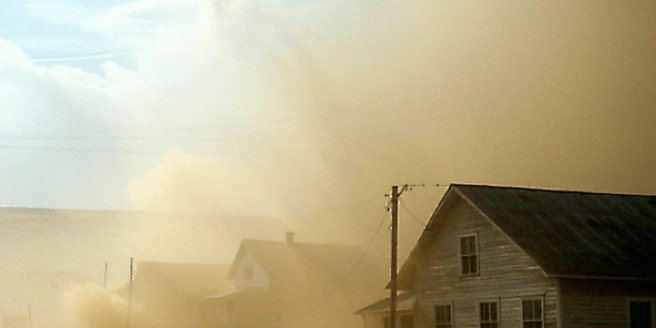
Understanding Air Particulates: Types and Sources
Air particulates, often known as particulate matter, are tiny particles or droplets in the atmosphere that are small enough to be inhaled. These particulates vary greatly in size, composition, and origin, coming from both natural and anthropogenic sources. Natural sources include dust storms, wildfires, and volcanic eruptions, while human activities contribute through industrial emissions, vehicle exhaust, and combustion processes. These particles can be composed of substances like metals, ashes, and organic chemicals. Understanding the diversity and origins of particulates is essential for deciphering their environmental impact and formulating control strategies. By identifying various types and sources, it becomes easier to devise policies aimed at reducing emissions and minimizing their influence on air quality and health standards.
How Air Particulates Influence Weather Patterns
Air particulates play a crucial role in influencing weather patterns by interacting with sunlight and altering cloud properties. They can absorb or reflect solar radiation, which affects the earth’s temperature and precipitation patterns. For instance, particulates can enhance cloud condensation nuclei, leading to cloud formation and increased albedo. This potentially results in cooling the Earth’s surface as more sunlight is reflected back into space. However, other particulates may cause atmospheric warming by trapping heat. Disentangling these complex interactions helps scientists predict short-term weather changes and long-term climate impacts. Understanding how particulates modify weather conditions is critical for developing predictive weather models and identifying regions vulnerable to adverse weather induced by high particulate concentrations.
The Role of Weather Systems in Dispersing Particulates
Weather systems influence the dispersal and concentration of air particulates significantly. Wind patterns and air currents can transport particulates over vast distances, impacting air quality even in remote locations. For example, high-pressure systems can trap particulates near the surface, leading to pollution buildup, whereas low-pressure systems can disperse them over wider areas, leading to sporadic concentrations. Rainfall can also contribute by scavenging particulates from the atmosphere, leading to cleaner air. Temperature variations can further influence the behavior of particulates by affecting atmospheric stability. These interactions between weather systems and particulates highlight a dynamic relationship where changes in meteorological conditions directly affect particulate behavior. By understanding these connections, policymakers and environmental agencies can better forecast pollution events and implement effective air quality management strategies.
Health Impacts of Air Particulate Interactions with Weather
The interplay between air particulates and weather conditions poses significant health risks. Weather conditions, such as temperature and humidity, can modify particulate concentration and composition. On hot and sunny days, for example, photochemical reactions may increase ozone levels in the presence of particulates, exacerbating respiratory problems. Furthermore, urban areas often experience higher particulate levels due to increased pollution sources. Moreover, during temperature inversions, particulates become trapped close to the ground, leading to increased exposure and respiratory issues. Understanding this interaction helps health officials issue warnings and develop adaptive strategies to mitigate health risks. Continued research is crucial to understand how these environmental factors interact to influence the prevalence of conditions like asthma and cardiopulmonary diseases.
Innovative Solutions for Managing Particulates and Weather Effects
Addressing the challenges posed by air particulates and their interaction with weather requires innovative solutions. Technological advancements are paving the way for more effective monitoring and control measures. The deployment of satellite technology and ground sensors enhances the capability to track particulate movement and concentration in real-time. Geoengineering techniques, though controversial, offer potential in mitigating climate effects caused by particulates. Urban planning and green infrastructure also play a key role in reducing particulate levels locally. In addition, investing in renewable energy sources can significantly reduce emissions that contribute to particulate pollution. Enhancing public awareness and encouraging sustainable practices can further alleviate impacts. Collaboration between global and local authorities is essential in implementing comprehensive strategies that address particulate pollution and weather interplay.
